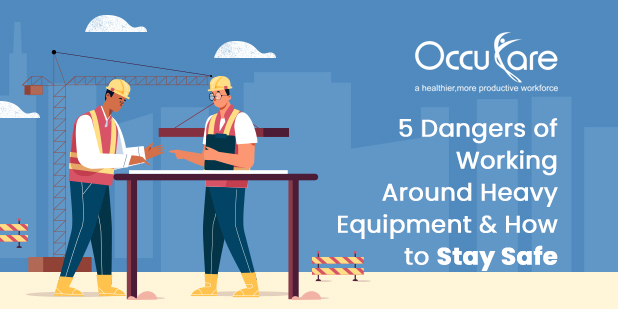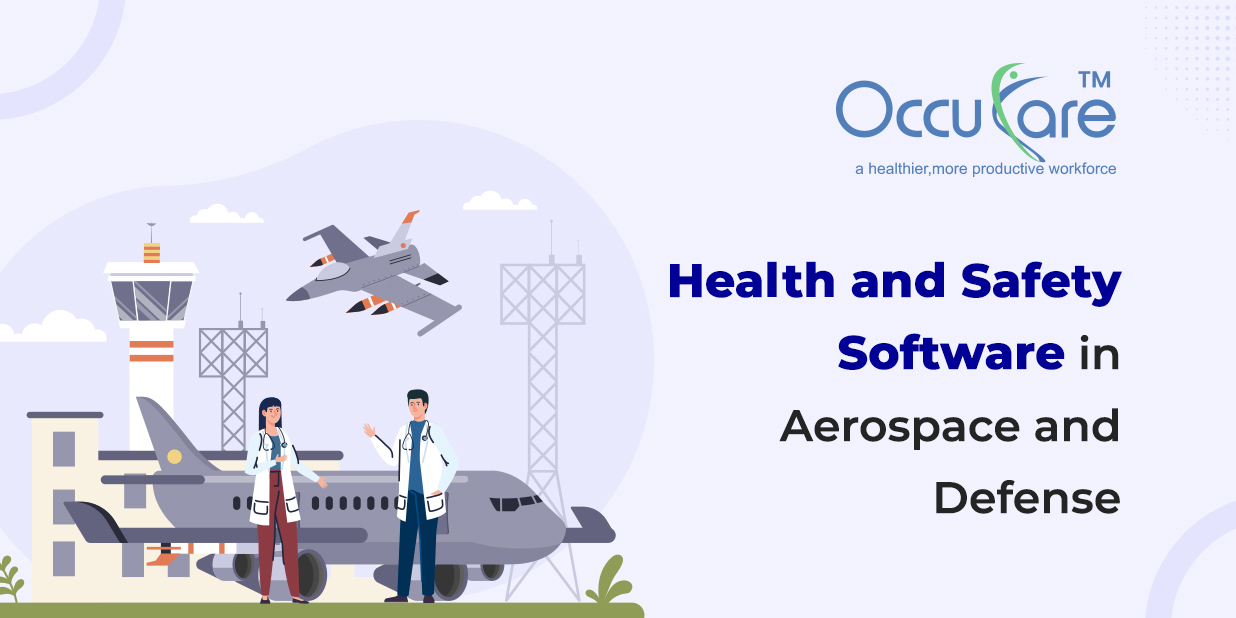People who work with heavy machinery, or who supervise people who do, are aware that the tasks are inherently dangerous. When operating on or around heavy machinery, workers are frequently injured by rollovers, collisions, and being caught in or between collisions. Understanding the hazards and taking the necessary actions to mitigate them, on the other hand, helps keep individuals safe. Massive equipment and materials are employed in almost all construction projects to fulfill tasks and serve numerous functions.
Heavy machinery is an essential aspect of today’s construction projects, whether it’s for a new home or routine road repairs. Excavators and pavers are examples of heavy equipment that enable construction workers to complete more work in less time. Heavy equipment, while useful for getting more work done faster, can also be dangerous if not used properly. Check out the best occupational health and safety software.
Massive equipment and materials are employed in almost all construction projects to fulfill tasks and serve numerous functions. Heavy machinery is an essential aspect of today’s construction projects, whether it’s for a new home or routine road repairs. Excavators and pavers are examples of heavy equipment that enable construction workers to complete more work in less time. Heavy equipment, while useful for getting more work done faster, can also be dangerous if not used properly.
Here are five of the most serious threats, as well as the measures that can be taken to avoid them:
1. Operator Training for Heavy Equipment:
Employees should be taught how to use all of the equipment they will be working with safely. Classroom and practical hands-on learning should be used to deliver training. Safety, danger detection, equipment safety features, and safe heavy equipment maneuvering are just a few of the issues that should be discussed. Employees should be taught how to mount and uninstall equipment safely, as well as how to start it up properly.
They should be aware of the lifting loads and load capabilities of the equipment they will be working with. Restructuring and refresher programs should be provided as needed, particularly if an employee is caught operating equipment in a dangerous or unintended manner. For any reason, only trained personnel should be permitted to operate machinery.
2. Equipment for Entering and Exiting:
That would go without saying, but there is a correct and wrong method to mount and remove heavy equipment, depending on the number of accidents workers sustain each year. Maintain three points of contact when climbing onto equipment, just as you would when ascending a ladder.
When entering or exiting the taxi, never take anything with you. To exit, never leap out of the truck or off the gear. Entering or exiting machinery that is moving or in use is never a good idea. Make that the equipment is totally turned off, the parking brake is engaged, and any hydraulic pressure is released. To avoid any illegal use, make sure you take the keys with you.
3. Heavy Equipment Safety and Communications:
Risk control entails a set of instructions for dealing with potentially dangerous situations. Hazards should be avoided if at all possible, or at the very least replaced with something less dangerous. If this isn’t achievable, risk controls must be implemented to prevent or limit the risk of harm or injury. Workplace health and safety standards require that workplace risks and risk controls be communicated. Hazard communications must be used in the “highest order” according to the law.
High-order risk controls send out safety warnings right away. Non-mistakable signage that clearly indicates existing hazards and prescribes safe procedures for personnel exposed to them are examples of high-order communication. Lower-order hazard controls explain the safety precautions that workers must take when working near potentially risky equipment. A lower-level communication approach is prescribing the appropriate personal protective equipment. Specifying safe workplace behaviours such as de-energizing equipment and locking out activation devices is also important.
4. Having a Program for Employee Training:
You can set up a certification programme if your employees aren’t already certified to operate heavy machines. Certification will verify that each employee is capable of manoeuvring and operating various units safely. In the event of an emergency, the software will also protect your firm. You’ll also want to teach your staff how to use each piece of machinery they’ll be using on the job.
To evaluate equipment safety features, identify risks, manoeuvre safely, and comprehend precautionary measures, an ongoing training programme should involve both didactic and fingertips learning. Extra training is necessary, as are follow-up courses. You can examine one-on-one approaches and mandate more training if you think someone isn’t following the proper procedures. You can create a more in-depth approach to keep your team safe by creating an equipment safety plan based on your individual Jobsite applications and surroundings.
5. Before using the equipment, inspect it:
Before every usage, thoroughly check heavy equipment to make sure it is in good working order. Inspect for signs of damage on the tyres and tracks. Before starting up the machine for the first session each day, you should at the very least check fluid levels such as engine oil and hydraulic fluid and oil levels. Check for cracks and deterioration in hydraulic hoses, buckets, booms, and other components.
Ensure that all attachments are securely fastened. When the equipment is turned on, double-check that the lights, gauges, horns, and backup alarms are all operational. Ensure that all arms, shovels, buckets, and other tools are fully extended in all directions. Check to see if the cab can spin in all directions if it does. Never use machinery that isn’t working or appears to be broken. Not only must you affect the device further, but this could be a major safety concern if not repaired before use.
Other Things to Keep in Mind:
Wear personal protective equipment (PPE) such as mittens, eye protection, strong boots, and protective clothing at all times. Make sure you’re loading and unloading equipment on flat ground to minimize redemptions when getting it on or off the vehicle or truck. When repairing or doing maintenance on equipment, use lock-out/tag-out processes. Use fasteners to restrict the tires and make sure the parking brakes are applied. Occupational Health and Safety management software offer the most intuitive and comprehensive functionality on the market. Operating with or around heavy machinery should be included in your overall safety plan. The dangers and hazards of working with heavy machinery should be taught to all employees.





